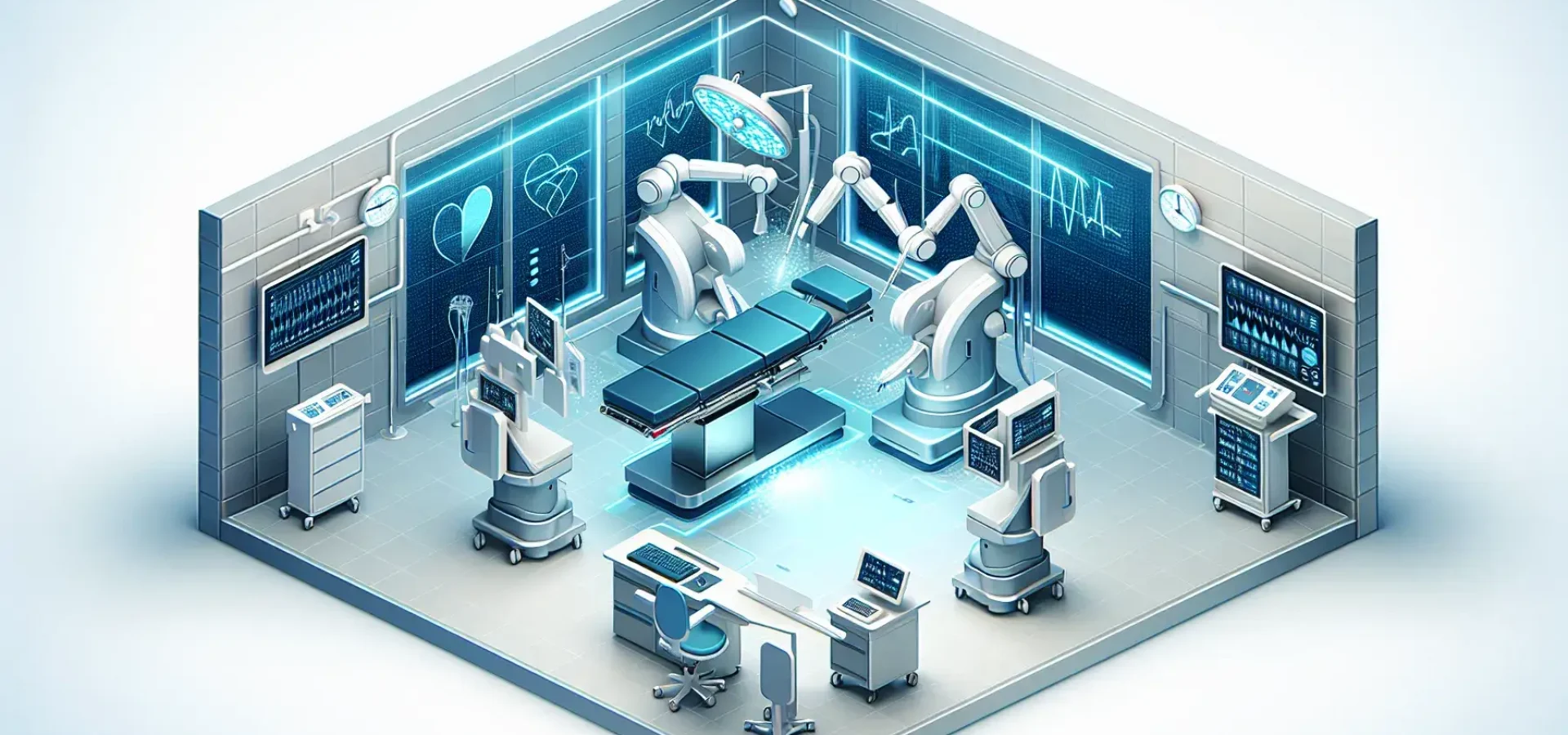
Testicular cancer, though relatively rare, is a significant concern, especially for young men aged 15 to 35. The good news is that it is one of the most treatable forms of cancer, especially when caught early. Surgery plays a pivotal role in both the diagnosis and treatment of testicular cancer. Understanding the surgical options available, their implications, and what to expect can significantly ease the concerns of those undergoing treatment. Here, we delve into the various surgical procedures used in treating testicular cancer, aiming to provide a comprehensive guide for those navigating these treatment options.
Surgery is often the first line of treatment for testicular cancer, and its primary goal is to remove the cancerous cells, typically through the removal of one or both testicles. The type of surgery depends on the stage and type of the testicular cancer.
The most common surgical procedure for treating testicular cancer is the radical inguinal orchiectomy. This surgery involves the removal of the affected testicle through an incision in the groin. It is performed under general anesthesia, and patients typically spend a short time in the hospital to recover.
Procedure Details:
This surgery is crucial not only for treating the cancer but also for confirming the diagnosis since the removed tissue is sent to a lab to determine the exact type and stage of cancer.
If testicular cancer is suspected to have spread to the lymph nodes, an RPLND may be required. This is a more complex surgery where lymph nodes in the back of the abdomen are removed. It's often performed after a radical inguinal orchiectomy if the cancer has spread beyond the testicles.
Procedure Details:
While not a surgical procedure, surveillance is an important part of the post-surgical management of testicular cancer, especially in cases where the cancer is caught early and confined to the testicle. Regular check-ups and imaging tests are necessary to ensure the cancer has not returned or spread.
Preparation for surgery typically involves several steps:
Post-surgery recovery can be challenging but manageable. Common side effects include pain and discomfort at the incision site, fatigue, and emotional impacts such as anxiety or depression. Long-term effects might include infertility, which should be discussed with the healthcare provider before the procedure, especially for those who wish to have children in the future.
Surgery for testicular cancer, while daunting, is a well-trodden path towards recovery. Understanding the types of surgeries and what to expect can help patients and their families prepare mentally and physically for the journey. Advances in medical technology and surgical techniques continue to improve the outcomes and reduce the side effects associated with these procedures. With the right care and surveillance, the outlook for most men with testicular cancer is very positive, emphasizing the importance of early detection and treatment.
The content provided on this blog is for informational purposes only and is not intended to be a substitute for professional medical advice, diagnosis, or treatment. Always seek the advice of your physician or other qualified health provider with any questions you may have regarding a medical condition. Never disregard professional medical advice or delay in seeking it because of something you have read on this blog.
The authors of this blog do not recommend or endorse any specific tests, physicians, products, procedures, opinions, or other information that may be mentioned on the blog. Reliance on any information provided by this blog is solely at your own risk.
SHARE